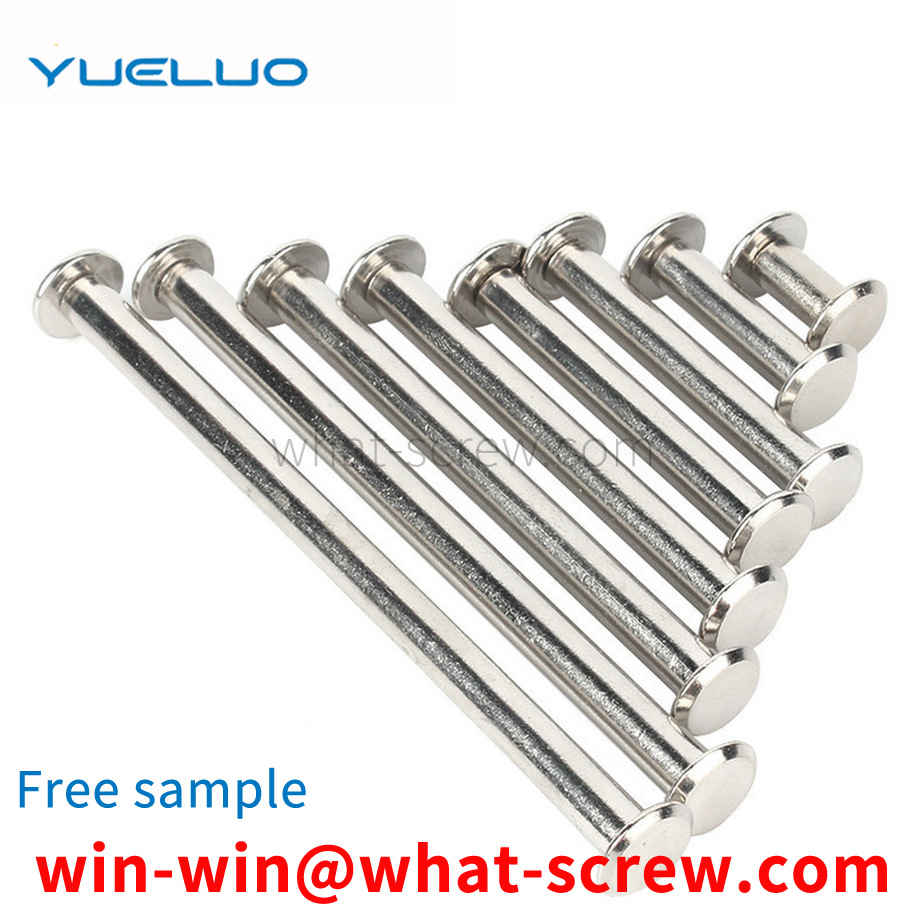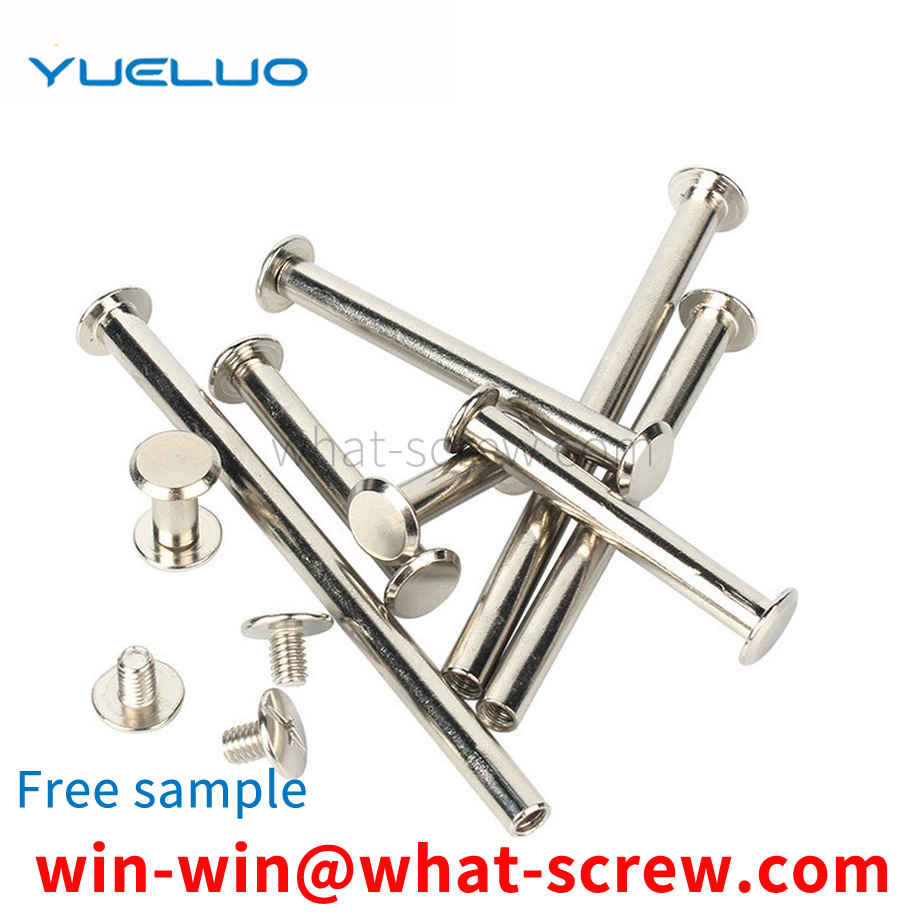⑥ Surface Treatment Zn: White Zinc C: Color Zinc B: Blue Zinc F: Black Zinc O: Black Oxide Ni: Nickel Cu: Bronze Br: Red Copper P: Phosphating
double-headed pin puller includes a slider hammer and a sliding rod, two ends of the sliding rod are respectively provided with different types of pin-pulling parts, the pin-pulling parts are threadedly connected with the sliding rod, and the sliding rod is also provided with There is a sliding rod limit block, and the sliding rod is slidably connected with the slider hammer. The double-headed pin puller can install two types of pin-pulling heads at the same time, and can pull out two different types of pins. It is easy to use and has high work efficiency. Disadvantage: Single function, cannot be used to install pins.
The defect of the existing press-fit solution is: when the retaining ring is placed in the chamfering section or the guide section of the shaft head, the retaining ring cannot be accurately fixed, and the retaining ring is easy to tilt or fall, especially when the shaft head is located inside the bearing chamber depression, The inclination of the retaining ring will make it difficult to press the retaining ring, affect the production efficiency, and even cause the product to be scrapped.
There are many types of T-bolts used with pre-embedded chutes, which are used for the connection of external components of pre-embedded chutes embedded in segments, U-beams, building concrete, etc. The fixing of the chute on the forming die. When producing segments and U-shaped beams, the embedded chute is fixed on the forming mold by T-bolts. During the concrete pouring process, the tightening nut is easily covered by concrete. In this way, the concrete on the fastening nut should be removed, but it is difficult to remove the concrete, which will cause inconvenience to the disassembly of the forming mold after the production of the segment and the U-shaped beam.
There are many names for screws in the scope of application. Everyone may have different names. Some people call them screws, some people call them screws, some people call them standard parts, and some people call them fasteners. Although there are so many names, but the meaning is the same, they are all screws. A screw is a generic term for a fastener. The principle of the screw is to use the physical and mathematical principles of the oblique circular rotation of the object and the friction force to gradually tighten the tool of the utensil. Screws are indispensable in daily life and industrial production, so screws are also known as the rice of industry. The scope of application of screws includes: electronic products, mechanical products, digital products, electrical equipment, electromechanical mechanical products. Ships, vehicles, hydraulic engineering, and even chemical experiments also use screws. There are many types of screws, whether it is a very small screw for glasses or a large screw for large heavy electrical engineering. The accuracy of screws is usually 6g (class 2, the American standard IFI is 2A teeth), and the rough screws used in construction projects are 1g. Screws are widely used, so the screw market is large, resulting in more manufacturers producing screws. When buyers choose a professional screw manufacturer, they need to understand some professional basic knowledge of screws, such as screw classification standard specification and American screw specification table.
We have many years of experience in the production and sales of screws, nuts, flat washers, etc. The main products are: National Standard GB93, Butterfly Claw Ingot Hand-Twisted Disc Butterfly Bolts, Washers Blocking Washers, Aluminum Alloy Washers and other products, we can provide you with suitable products. Your fastener solution.



















 Service Hotline
Service Hotline




